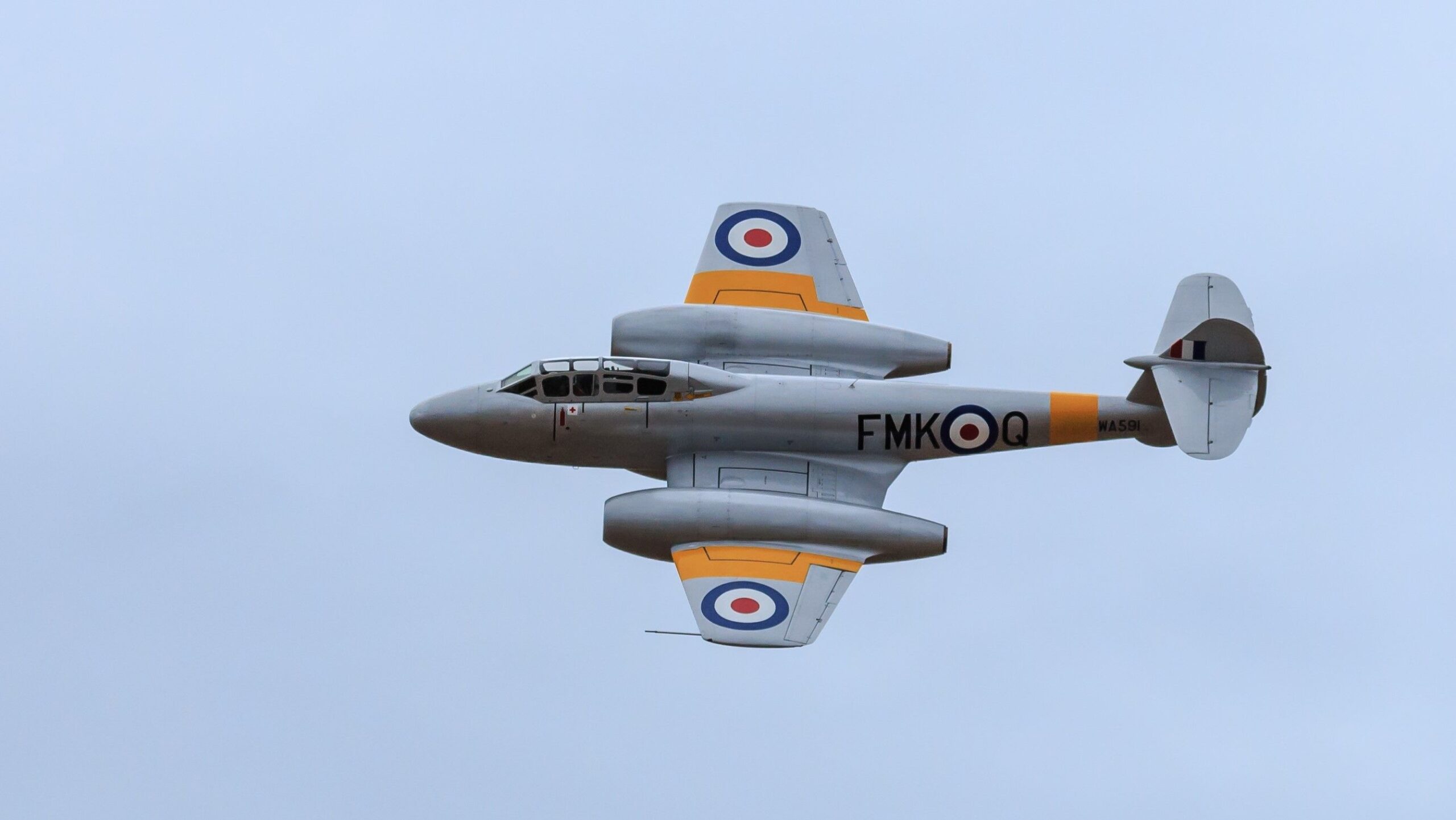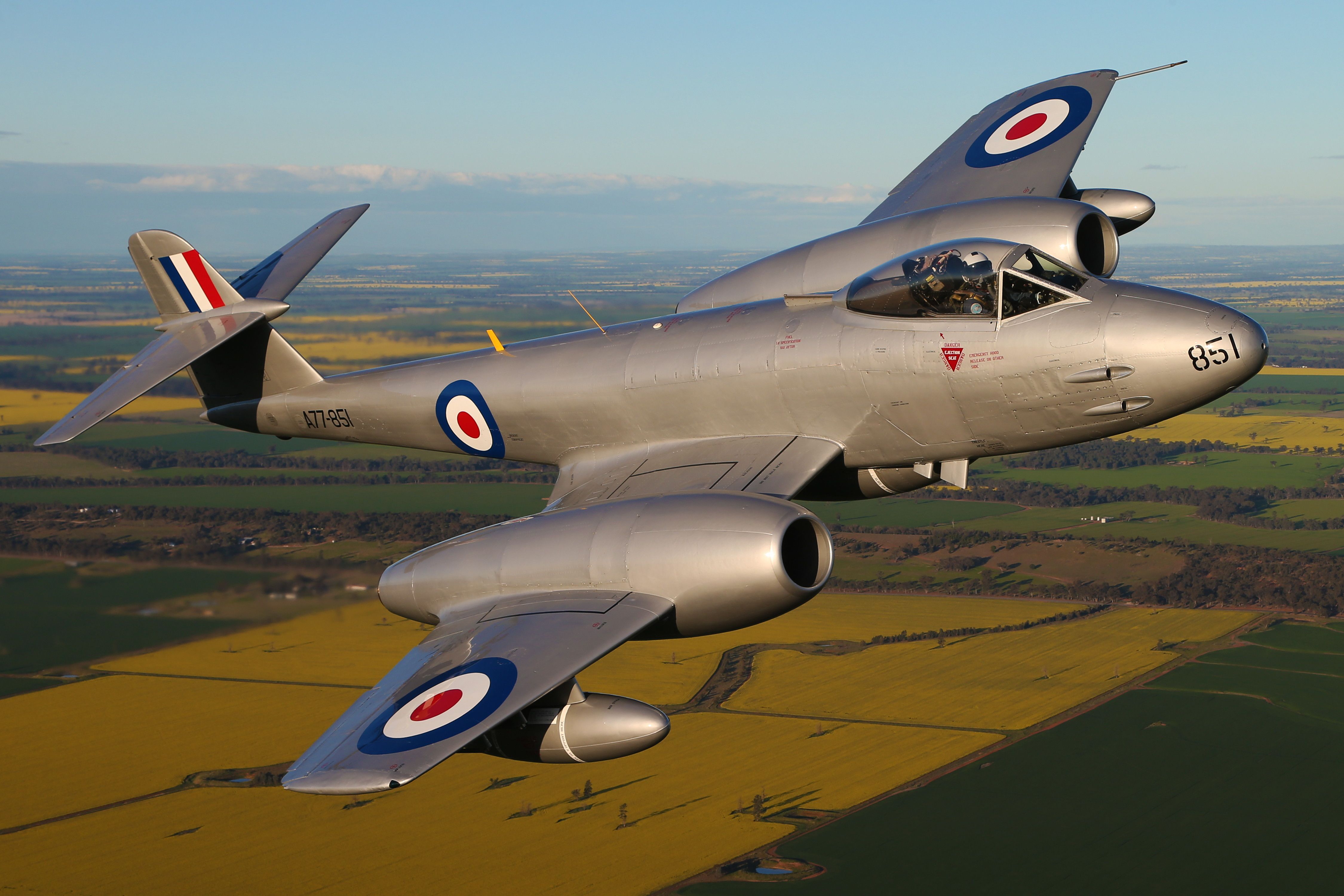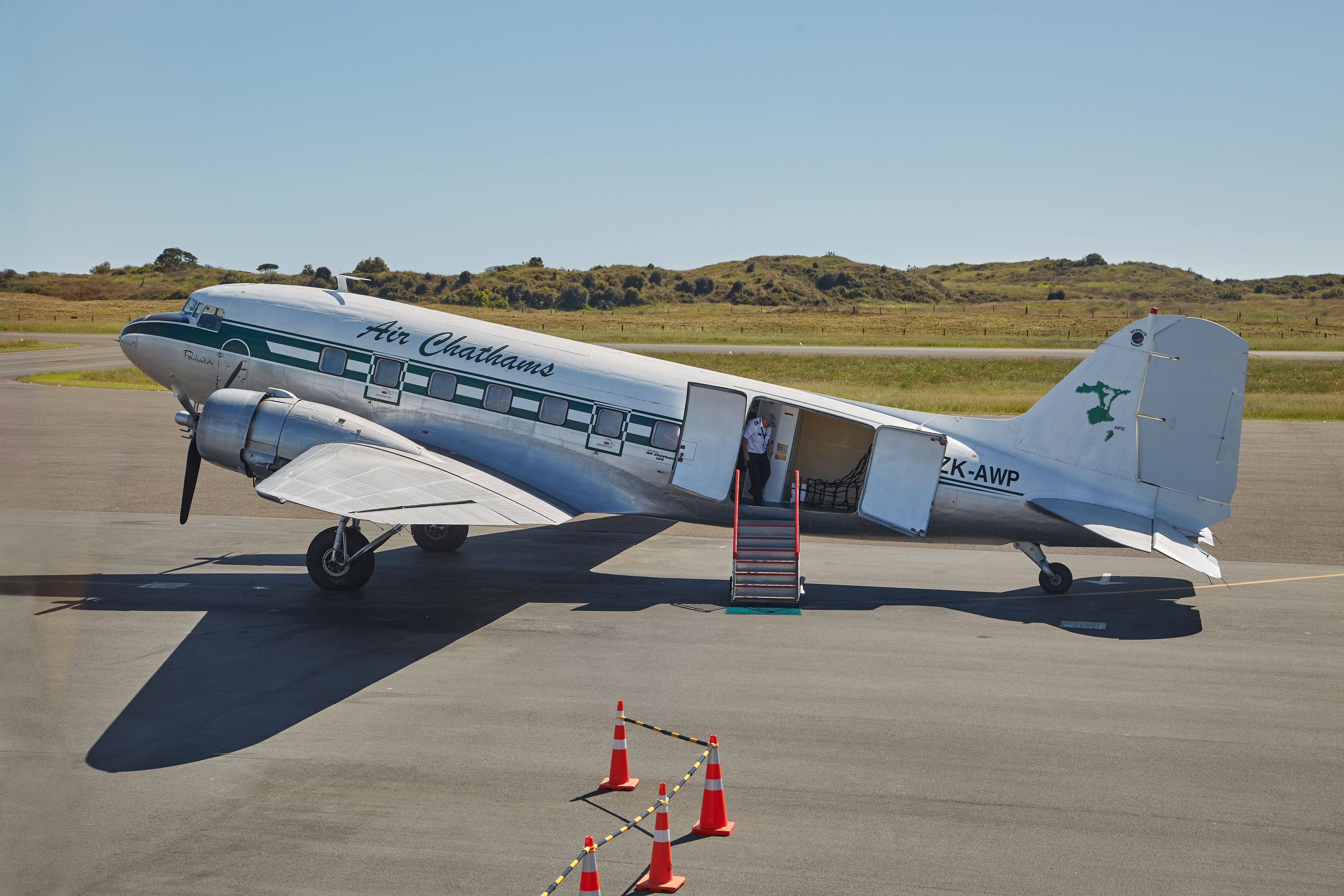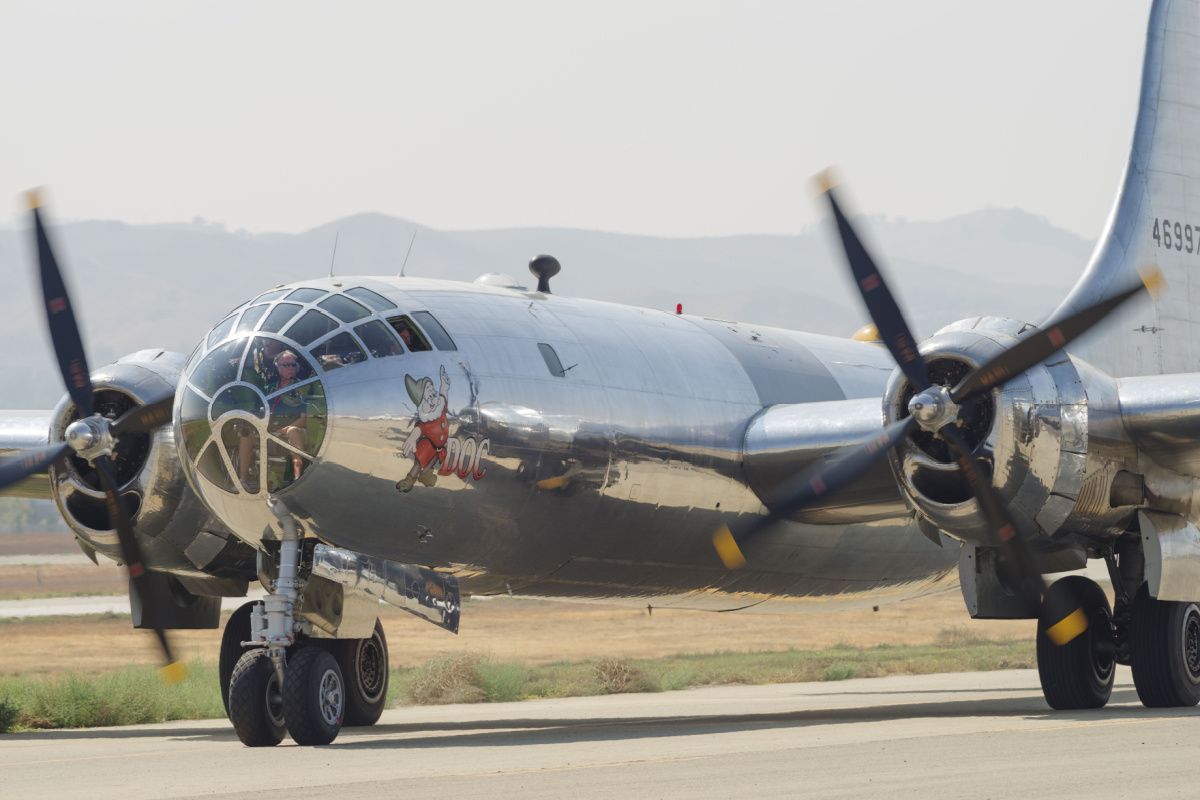During World War II,
countless tens of thousands of aircraft were built
. After the war ended, countries like the United States and the United Kingdom sold off much of their massive aircraft fleets to other air forces and private concerns around the world.
World War II
ended around 80 years ago, but are any of those aircraft still in use today? The answer is maybe. It turns out a few aircraft may still flown for military or (non-hobbyist) commercial purposes today. Note that this article concerns the types of aircraft used in WWII. It’s possible the individual aircraft actually flown today were manufactured post-war.
Gloster Meteors as testbeds
As the war drew to a close, two nations had the first fighter jets in operational frontline service – the Germans and the British (the
US sent two to Italy before the end of the war
, but these seem to have been lost to non-combat causes).
The British fighter jet was the Gloster Meteor
. While the Gloster Meteor didn’t shoot down any fighter jets
in the war, it did shoot down the first jet targets (the V-1 flying bombs).
Today, two Gloster Meteors are known to remain in use by Matin-Baker for testing its ejection seats. Martin-Baker has long been the primary Western ejection seat manufacturer (and supplies all the seats for the F-35). The two Meteors used by Martin-Baker are G-JSMA and G-JWMA.
Photo: Royal Australian Air Force
|
Gloster Meteor |
|
|---|---|
|
Original role: |
Early fighter jet |
|
Entered service: |
July 1944 |
|
Country of origin: |
United Kingdom |
|
Number still used: |
2 |
|
Current role: |
Ejector seat testbed |
|
Current operator: |
Martin-Baker |
Douglas DC-3 – possibly in service in Colombia
The Douglas DC-3
was one of World War II’s most iconic US transport aircraft, and it remains in some commercial aviation use and possibly military service. Writing in 2020, the Royal Aeronautical Society stated, “Some 85 years after it first flew, the Douglas DC-3 still flies on in commercial service – a testament to the ruggedness of the original design.” In Colombia, it is ideal to reach remote villages in the forested interior able to land on dirt strips.
|
Douglas DC-3 |
|
|---|---|
|
Original role: |
Airliner (pre-war)/transport (war) |
|
Entered service: |
1936 |
|
Country of origin: |
United States |
|
Number still used: |
Perhaps dozens |
|
Current role: |
Ground attack (if still used by Colombian Air Force) / transport (civilian service) |
|
Current operators: |
Various commercial airlines (e.g. Air Chathams) / possibly Colombian Air Force |
Of the 20 aircraft still known to be flying in the South American country, six are operated by the Colombian air force and four by the Colombian national police, with just 10 in commercial hands.” – Royal Aeronautical Society
The DC-3 received a post-war renewed lease on life as the Basler BT-67 – a remanufactured and modified Douglas C-47 Skytrain / Douglas DC-3. In 2022, the Colombian Air Force still had 6 Basler BT-67 modified in a ground attack role with mounted guns in service. It is unclear if these are still in service as of 2024. Colombia is known to have used them in its long-running guerrilla FARC rebels and as anti-narcotics patrols.
Photo: Peter Gudella | Shutterstock.com
Incredibly, one airline that still commercially operates the DC-3 is the small New Zealand airline Air Chathams
. Air Chathams acquired the aircraft in around 2010 and flew it between islands for three years. Air Chathams states that the tired old workhorse now “mainly undertakes charter work and scenic flights.”
Special World War II mentions
North American T-6 Texan
A notable mention is the North American T-6 Texan – an American single-engined advanced trainer widely used during the war (it first flew in 1935). Today, it remains a popular warbird at airshow demonstrations, but as the premise of this article is non-hobbyist, it doesn’t count. The British defense contractor, Qinetiq, retired the last of them in 2016.
Boeing Stearman Model 75
The biplane Boeing Stearman Model 75 was one of the most popular post-war military aircraft in civilian use (particularly as crop dusters). The first flew in 1934. Over 10,000 were built and served in the war as primary trainers for the US Army Air Force and the US Navy. Today, many remain in use, particularly as sports planes, aerobatic shows, and wing walkers, but they are also for hobbyist use.
B-29 Superfortress
Some other World War II aircraft continue to fly at airshows (like a few B-17 Flying Fortress bombers). A couple of
B-29 Superfortresses even offer paid joyrides at events across the United States
. By offering paid rides, they arguably blur the line between a hobbyist vintage aircraft and a commercial aircraft. There are plenty of other World War II aircraft still being flown today as vintage aircraft (for example,
an RAF pilot recently died after his vintage Spitfire crashed in England
).
Photo: Angel DiBilio l Shutterstock
Soviet MiG-15
North Korea may still have a limited number of MiG-15s in service. Introduced in 1949—four years after the end of World War II—the MiG-15 is an icon of the Korean War and still a fantastically old jet.





